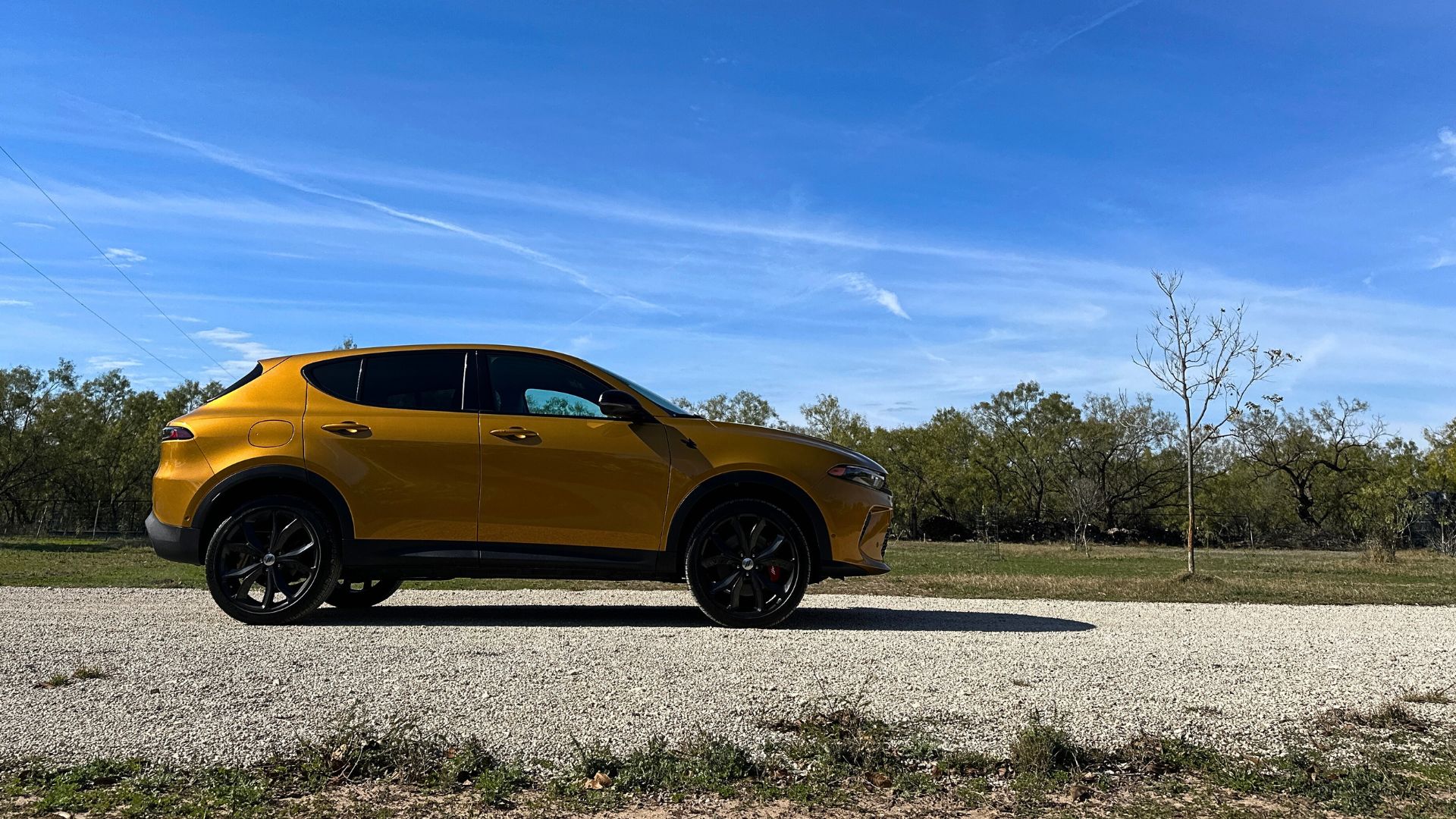

America is a vast country with tons of highways, roads, streets, avenues, and dirt paths crisscrossing every which way. If you like to drive, exploring as many segments of that web of pathways becomes a passion, and seeing new places through the windshield a must. I don’t want a car that drives me, I want to drive the car; a road trip is the best way to enjoy the ride.
Thinking about navigating a new course? I’m starting a series to ignite your road-trip daydreams. Here’s my first recommendation, starting from my home city: Austin to San Angelo, Texas.

Fast Highways
I met and married a native Texan and moved to Austin in 2008, and we love it. Even after 15 years here, there is still so much of the state we haven’t seen. It’s massive: spanning more than 260,000 square miles, Texas is the largest state in the continental U.S. and contains the most roadway.
My husband’s parents are from west Texas, and Will grew up in Midland. The first time I visited Midland, I was struck by the sheer flatness; one could gaze into the distance and view goes on and on forever. And that’s saying something, since I grew up amidst steady, parallel rows of corn in Indiana.

One of the most striking things about traveling through Texas is the speed. Just outside of Austin, Highway 130 has a posted speed limit of 85 mph, which is the highest in the country. Aptly, America’s fastest road leads to the Circuit of the Americas, where F1 drivers burn rubber in the fall. The very first time I drove this tollway was in a sleek Ferrari F430, owned by an exotics rental company. I’d talked my way into reviewing it for local coverage early in my career and couldn’t believe they were letting me behind the wheel.
The owner of the company sat in the passenger seat and as we approached the brand-new on-ramp to Highway 130, he urged me to floor it.
“Floor it?” I repeated, dazed.
“Yes,” he insisted.
I kissed three digits and then slowed back down to the speed limit just as quickly; a speeding ticket would have ruined my day and a crash at high speed is stupid. It was thrilling all the same, the sensation of flying down a flat, perfectly smooth ribbon of asphalt. Large swaths of Texas are even more wide open, with stretches of road dotted by just a few other cars as you pass by cows, sheep, goats, deer, and oil-producing pumpjacks.

Over Thanksgiving, my family and I piloted a new Nissan Frontier Pro-4X. Equipped with a 310-hp 3.8-liter V6 and Bilstein off-road shocks, this truck is ideal for ranch work, and we piled in loads of wood and moved supplies from the house to the barn. But even on the highway, I really appreciated the Zero Gravity seats that make even a long drive comfortable from start to finish. I parked it right next to my father-in-law’s first-gen Nissan Titan, which is still running fine after nearly two decades.
Exploring the Rural Parts of Hill Country
Heading west across Highway 71 toward Llano, the Hill Country is a part of the Lone Star State that visitors can’t seem to comprehend. A fair part of Texas is flat, especially west Texas, but the section between Austin’s Travis County and northwest to Menard County is varied. Vistas sweep through Horseshoe Bay, where Ford hosts a Bronco Off-Roadeo site, through the town of Llano.
When arriving in Llano, park the car at Cooper’s for some of the best barbecue in the world. There, I said it. Kansas City, Memphis, Atlanta, you’ve got nothing on Cooper’s brisket. Cross over the Roy Inks bridge after passing the courthouse and then you have a decision to make: go northwest toward Brady or choose the Mason-to-Menard route nearly straight west. Brady has a few fantastic antique stores and an excellent mechanic shop (as I discovered when my HHR SS overheated along the way). Mason has Nacho’s Café, Rico Café, and the beautiful and historic Seaquist House.


Either way, the road passes through Eden (which has a quirky, eternally optimistic Garden of Eden Park) and on to San Angelo. One of the largest cities in the United States without an interstate running through it, San Angelo is a small town at heart even with over 100,000 residents. The university has a big presence, as does the Goodfellow Air Force base.
Surrounding the city and heading toward Mertzon, where my father-in-law’s family settled five generations ago, livestock roams across thousands of acres of ranch land. The roads are well kept in Texas and the highway system cleverly laid out; it took me some time to get used to the feeder roads and tangles of overpasses when I first moved here, but once I did it became clear how the cities avoid total gridlock.

Wide Open Spaces
On the way back to Austin, take Toe Nail Trail through Christoval to pass by the tiniest functioning post office I’ve ever seen and a 40-year-old vineyard growing riesling, tempranillo, petite sirah, vermentino, and Mourvèdre grapes. Once again, between cities the roads are wide open and smooth, and having a vehicle made for speed helps make the drive feel shorter.
This time, I was testing a Dodge Hornet GT clad in an Acapulco Gold finish. It feels like a compact missile, much like its Alfa Romeo Tonale counterpart, zipping from zero to 60 mph in 6.5 seconds. Powered by a turbocharged 2.0-liter four-cylinder engine generating 268 horsepower and 295 lb-ft of torque, the Hornet GT offered a lively ride on undulating roads that felt like kiddie roller coaster, but much better.
Of course, we had to leave the Yeti behind and couldn’t stock up on firewood because of the smaller cabin, but that’s okay. We’ll be back.
Got tips? Send them to tips@thedrive.com.